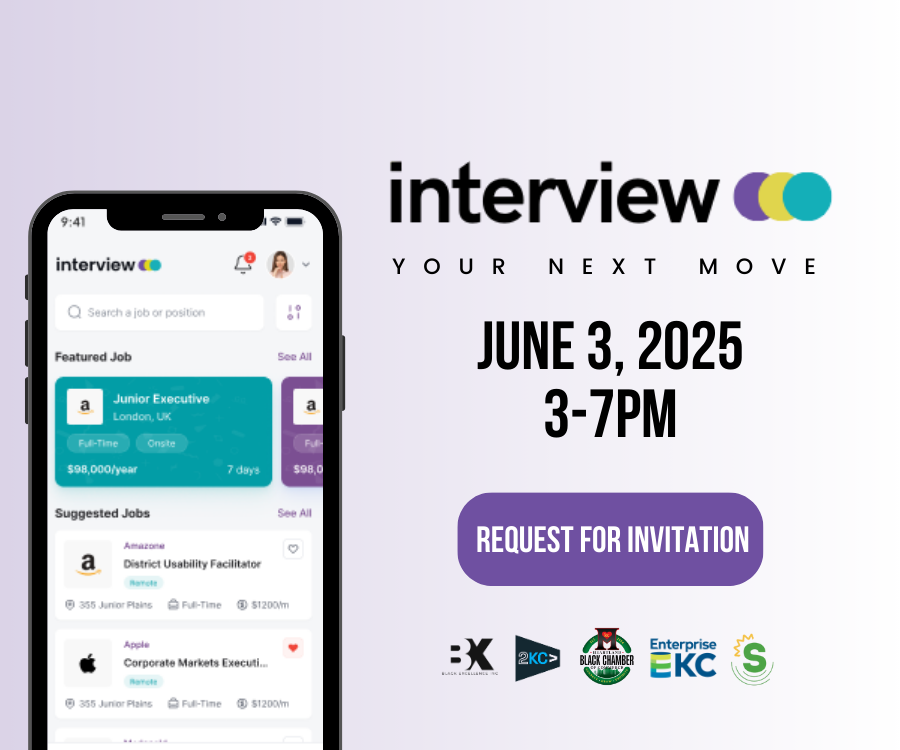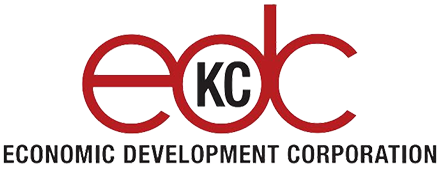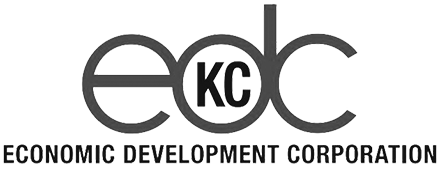Editor’s note: The opinions expressed in this commentary are the author’s alone. Laura McCoolidge is managing partner at the Sofia Fund, which recently expanded its reach to Kansas City.
Religion. Gun control. Politics. Convertible notes.

Laura McCoolidge, Sofia Fund
Why are convertible notes so controversial? Despite the controversy, this instrument has proven popular as a means for working with less sophisticated and/or more founder-focused investors on the coasts and everywhere, it seems, except in the Midwest. What’s not to like? Rather than negotiating away a valuation that’s punitive to founders, convertible notes provide a cheap and easy way to kick the valuation conversation can down the road.
Not so, say some investors. Convertible notes are the mark of a founder who wants to avoid the tough conversations that will be necessary for later capital raises. And, isn’t the low valuation the whole point of investing early? If I don’t know what I’m getting for my money — why wouldn’t I wait and see, and invest when the deal is de-risked?
When the reaction to convertible notes is so polarizing, it can be difficult for startups to learn when and how to use these investment terms. Here are some situations in which convertible notes can be a useful tool, and a few ways they can kill a deal.
Use them when raising a round less than $1 million (even though it’s difficult).
Part of the reason convertible notes have gotten a bad rap is that we (companies and investors) have used these terms in the wrong circumstance. Let’s face it — Midwestern angel investors have moved upstream. Today, they expect more progress from early stage companies in terms of revenue and customer traction. We can even see that in the numbers; per Pitch Book’s recent trend report, angels have done fewer deals this year, yet deployed more capital into each deal. For startups, this means that angels are choosier with their deals and writing bigger checks when they do pull the trigger. So what’s a startup in search of seed capital to do?
Today, it’s as critical as ever to stretch early-stage capital, prototyping resources, and friends and family money as far as possible to earn a small amount of revenue. And when raising a round of less than $1 million from these non-institutional sources, a convertible note is most efficient and cost-effective solution. Just make sure you’re communicating with your investors, no matter their level of sophistication, about concepts like dilution and exit plans. Nothing makes Thanksgiving dinner more awkward than a 10-year exit plan on what was perceived by your uncle to be a short-term loan.
Use them when you are actually raising a bridge round.
If you need the capital to extend your runway to get a larger deal closed then, by all means, raise a bridge round! However, this scenario only drives investor interest if there is a real deal on the table — whether it’s an acquisition or another round of equity financing. Without that short-term, potential payoff in the offering (in the form of an exit or an increase in valuation), it’s hard for investors to know what they’re getting for their money, and much easier to wait and see.
Never stack notes.
If, at all possible, avoid having multiple convertible notes outstanding, with different investment terms on the notes. For example, one note might have a $5 million cap, while the other has a $7 million cap, and each have a different interest rate. This can really complicate matters for the next equity financing. Cap tables are already complex enough, and remember, the emphasis here is on communication with your investors and aligned expectations. Chances are, if you can’t figure out how to write the correct excel formula for your cap table, your potential investors have already lost interest.
Don’t forget about the due date.
Remember — convertible debt is a loan (at least until it’s converted). Keep an eye on the note’s due date (often called maturity date)! If your next round’s investors see that outstanding notes are coming due in the next few months, entrepreneurs will get questions about willingness of noteholders to extend maturity dates, or what will happen to the notes upon maturity. You can answer all these questions, don’t beat around the bush!
Read all of the terms (yes, all of them).
We know that the interest rate and valuation cap are the most often discussed terms in a convertible note. I heard a story recently of a company so fixated on the interest rate and valuation cap of their note that they glossed over the fact that the terms also included a board seat for the noteholder and demanded a payback of 2-times the original investment amount if the note did not convert to equity upon the maturity date. A 100 percent downside interest rate? Ouch! The lesson here is not to forget that other terms in the note can have a significant impact on the company.
Knowing all this, feel free to proceed with caution. When notes are used wisely, they are a great tool for entrepreneurs as well as investors. That said, the same rule applies here as it does to all investment terms and all parties — be strategic, read and understand all the terms and consider the term’s future impact on the founders and investors. Above all, remember that many early stage deals take longer to exit than the average American marriage lasts. In any long-term relationship, communication is key. Communicate with your investors to make sure your expectations are aligned, and set the stage for a long and successful partnership.
Other burning investment questions? Email me at askventurequestions@gmail.com for candid and thought-provoking feedback.
Laura McCoolidge is managing partner at the Sofia Fund, which manages a $5.5 million angel fund that invests in early stage, women-led, high-growth, technology-based companies.




































